In what feels like Episode #199 of Will They or Won’t They, top brass at Ford is once again wavering on whether or not we’ll ever see a Ranger Raptor in this country.
Joe Hinrichs, president of Ford’s global operations, told assembled journalists recently that one should “never say never” to a Raptor version of America’s newest midsize pickup truck. Contrast that to last week’s musings of Ford Performance boss Hermann Salenbauch, who revealed to Autoblog that the Ranger Raptor as we know it today was not really designed with the American market in mind and that reworking it for the States would be too expensive.
Now, please pardon me while I harrumph into my Tetley tea about Salenbauch’s statement. It is absolutely true that the Ranger Raptor, as it exists in other markets, is not abundantly suitable for our shores. Primarily, its diesel engine is about as appropriate and welcomed in this country as a turd in the punchbowl.
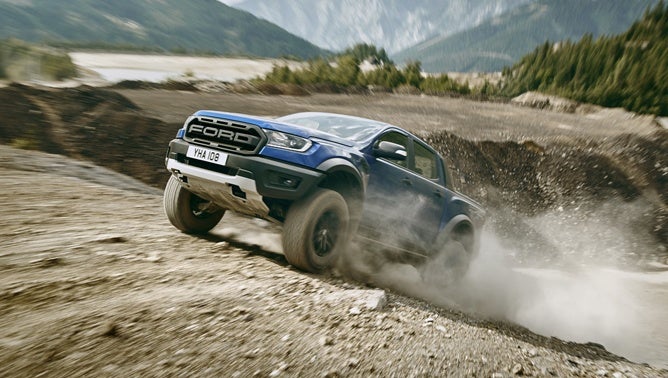
But the rest of its off-road kit? There should be no problem with installing it onto an American product. The Thai-market Ranger Raptor we’ve all seen and drooled over has a Watt’s linkage rear suspension with coilover rear springs, said to ensure lateral stability of the solid rear axle in gnarly off-road situations. Its Position Sensitive Damping shock absorbers should do a dandy job of providing higher damping forces at full jounce and rebound to enable better off-road capabilities. Internal-bypass technology strikes again, as it has in the Colorado ZR2.
There’s no way in the name of Henry Ford the installation of those parts is prohibitive or impractical on an American-bound truck. None of those items require major structural changes or movement of expensive hard points. I was willing to concede, even though it would be a stretch to imagine, that some of the off-road gear might interfere with steering wheel placement for this side of the pond until I remembered we’ve seen left-hand drive Ranger Raptors running around Detroit.
ALSO SEE: Ranger Raptor Spied on Michigan Streets
No, your humble author thinks there is something else afoot. Internal politics, perhaps? Salenbauch’s predecessor, the affable Jamal Hameedi who has since departed for JLR’s special vehicle ops, sang a completely different tune when speaking to Aussie site Drive earlier this year. “Raptors are a slam dunk for the US,” he told Drive. “I think it [the Ranger Raptor] would do really well in the States.”
That’s quite the contrast compared to Salenbauch’s dismissive remarks. What’s the matter? Does the new guy want to set himself apart from the person who previously occupied the office? It would be sad if American gearheads are paying the price for that.
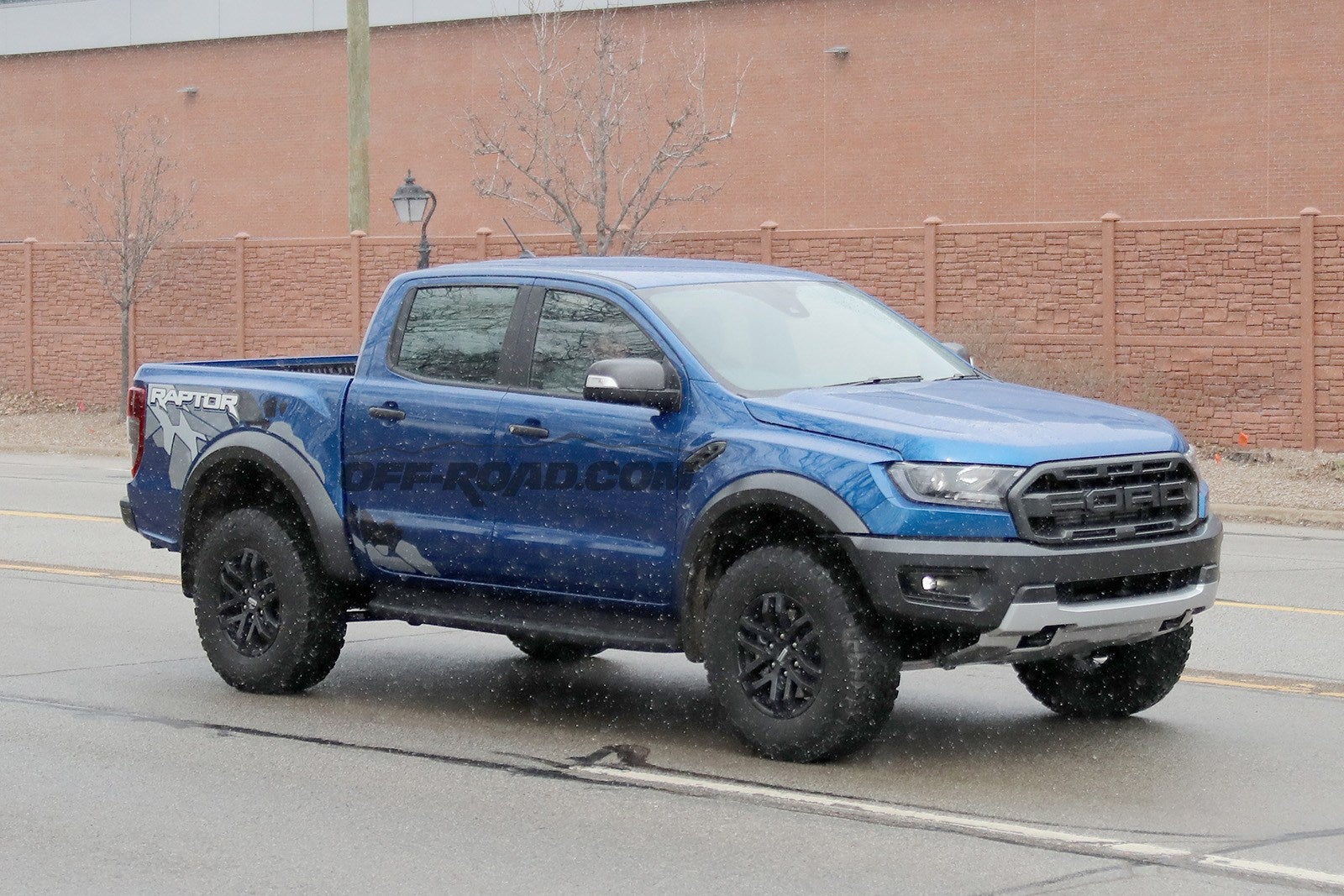
There could also be supply issues of key components. Other markets may be hoovering up all the internal-bypass dampers and burly suspension pieces Ford’s supply chain can manage to produce.
It has also been floated that the sticker price of a Ranger Raptor would be too close to that of the mighty F-150 Raptor, a statement which makes your author bray like a sunburned donkey. If we assume a ZR2-fighter from the Blue Oval is competitively priced around $42,000 in its cheapest guise, that would place it around $9000 cheaper than its big brother.
Nine thousand bucks is not chump change, assuming one can even find an entry-level SuperCrew F-150 Raptor. What one is more likely to find on dealer lots, in addition to outrageous ‘market adjustments’, are fully decked SuperCrews pushing $70k. A right-sized Ranger Raptor would appeal to those who do not want to dent their driveway and bank account to the tune of an outsized Raptor.
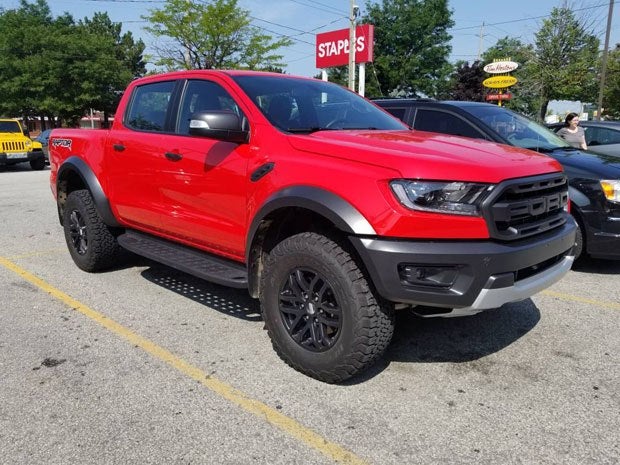
Allegedly, the Ranger that’s about to go on sale in America was never designed to accept an engine with its cylinders arranged in a vee. Still, there’s an excellent chance most Ford fanatics would be more than happy with the existing powertrain in a truck with Raptor suspenders, at least for now. Recall that the mighty F-150 Raptor was available with a 5.4L V8 when it appeared, only being increased to a 6.2L after launch. Increasing the mid-sized Raptor’s engine size in a couple of years when the next-gen Ranger shows up will simply give the Blue Oval bros something to trade up to.
For a company that’s bent on moving itself away from the car business and going all-in on trucks and SUVs, one would think it’d be in their best interest to bring as many variants of those non-cars to dealer lots as they possibly can. Failure to do so is akin to leaving money on the table, a situation the Blue Oval can ill-afford.
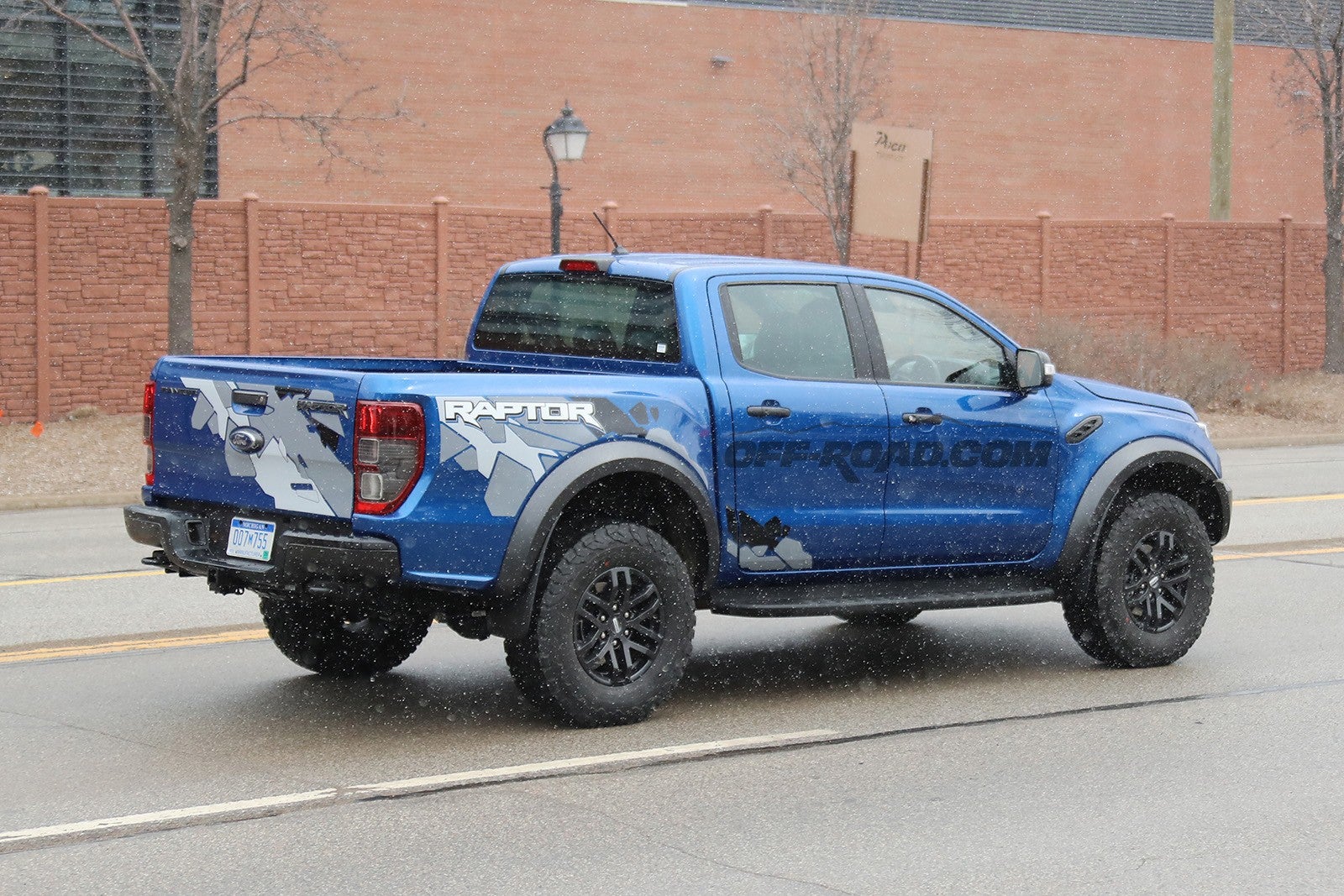
Ford will offer an FX4 off-road package for the US-bound Ranger, a $1300 package equipping the truck with an electronically controlled locking rear diff, skid plates, and some of the clever electronic off-road driving aids used in the big boy Raptor. Compared to what other markets are getting, that’s like being promised a Ruth’s Chris steak only to be given a Big Mac.
Your author’s iPhone contact list currently contains at least three people who are Blue Oval diehards but don’t want to splash out the cheddar for a F-150 Raptor the size of six city blocks. If Ford doesn’t want their business, I’m sure Chevy or Toyota would be happy to take their money.
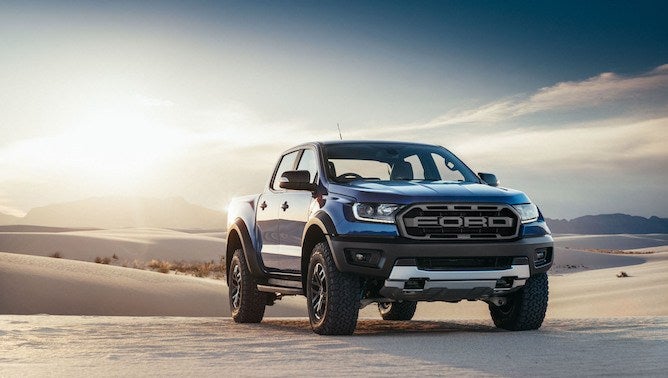
 Your Privacy Choices
Your Privacy Choices